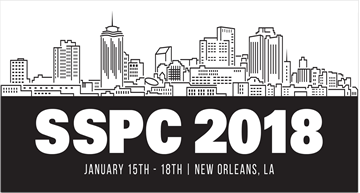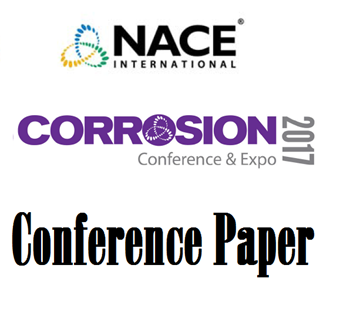Search
Individual Conference Papers
View as
Sort by
Display
per page
Motivating Green Paints in Middle East Challenges
Product Number:
41214-853-SG
Publication Date:
2014
$20.00
Multifunctional Nano Surface Treatments for In-Situ Improvement of Heat Exchanger Performance
Product Number:
51219-225-SG
Publication Date:
2019
$20.00
Multi-Functional New Coating System For Extending The Life Time Of Onshore And Offshore Infrastructure
Product Number:
51321-16731-SG
Publication Date:
2021
$20.00
Multilayer Anticorrosion Systems for Offshore Wind Turbines
Product Number:
51324-20840-SG
Publication Date:
2024
$40.00
Multi-Modal Characterization of Aggregates in Concrete via EDS and Raman Imaging
Product Number:
ED22-17288-SG
Publication Date:
2022
$20.00
Multi-Parameter Optical Fiber Sensor For Simultaneous Corrosion And Humidity Monitoring
Product Number:
51321-16909-SG
Publication Date:
2021
$20.00
Multiplexed Sensor Array for Accurate Time-of-Wetness (TOW) Measurement
Product Number:
51317--9370-SG
ISBN:
9370 2017 CP
Publication Date:
2017
$20.00
Multipronged Characterization of Scales and Corrosion on L80 Steel in the Presence of Microorganism
Product Number:
51319-13226-SG
Publication Date:
2019
$20.00
Multitask Learning Framework For Screening Of Corrosion Inhibitors For Mild Steel
Product Number:
51322-17757-SG
Publication Date:
2022
$20.00
Myth or Fact: Higher Surface Profile Increases Coating Adhesion
Product Number:
41216-969-SG
Publication Date:
2016
$20.00
Myth-Busting Part 2: Comparing Accelerated Exposure Performance between Bio-Based and Petroleum-Based Hardeners
Product Number:
51324-21096-SG
Publication Date:
2024
$40.00












